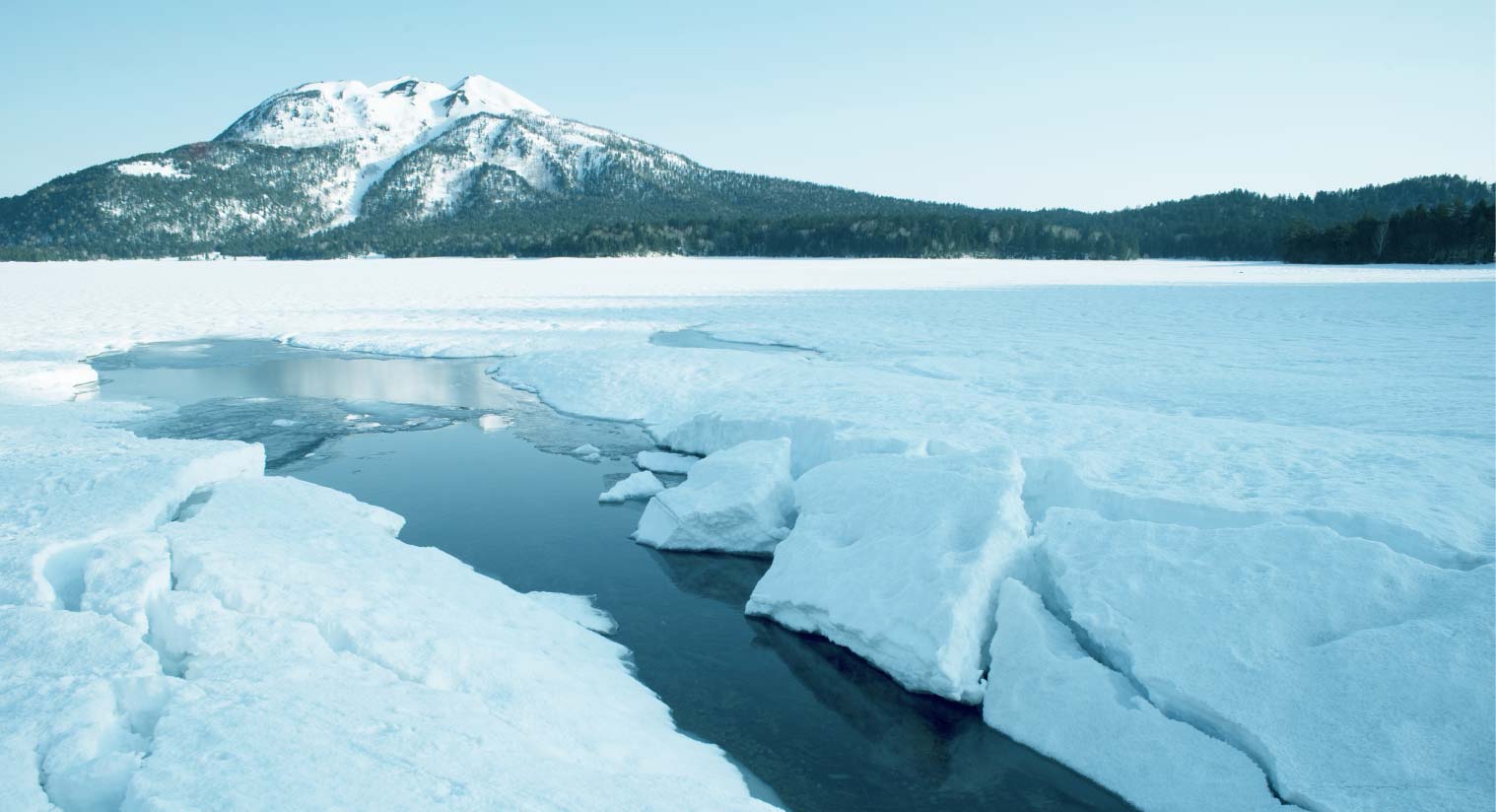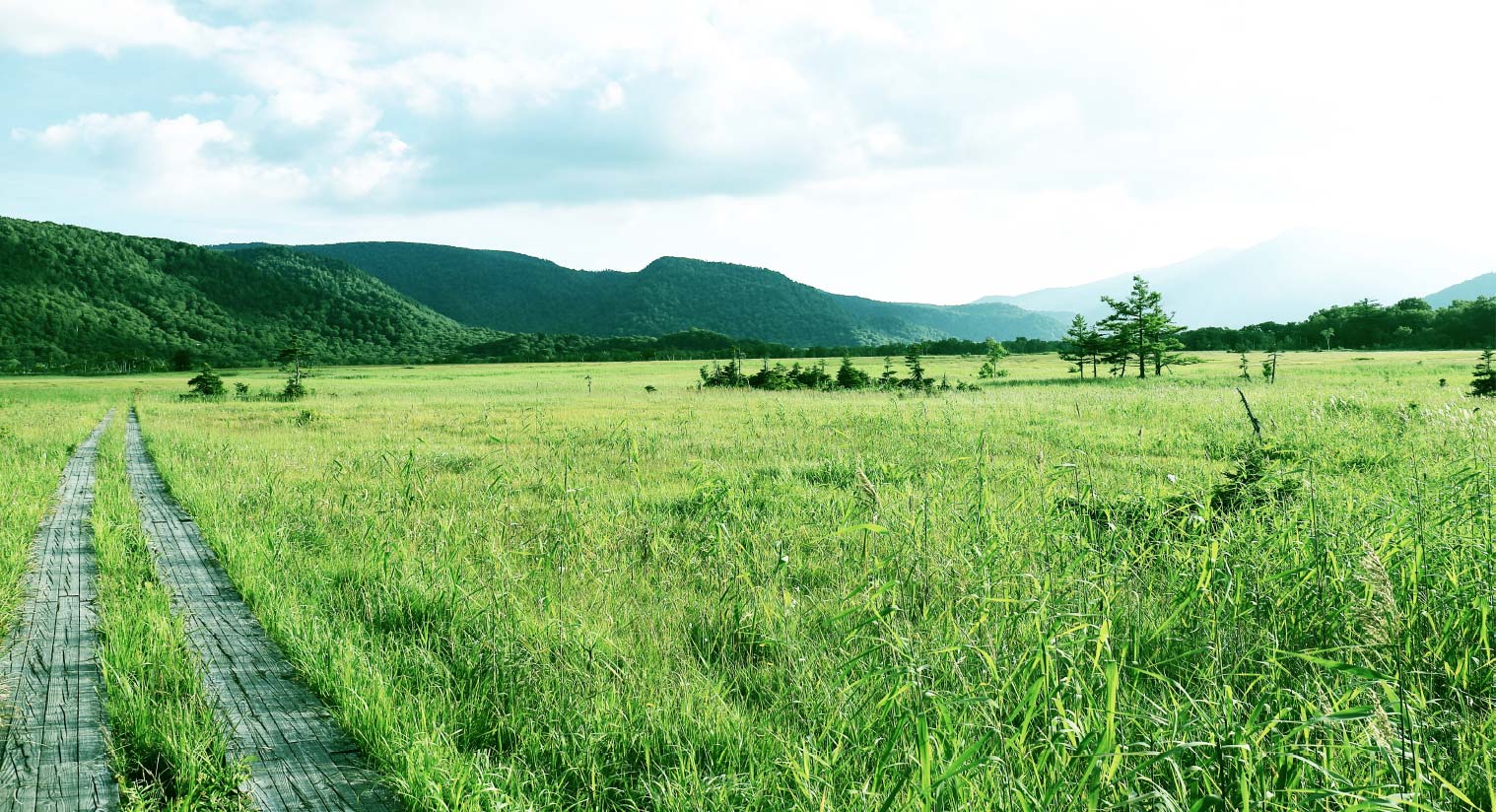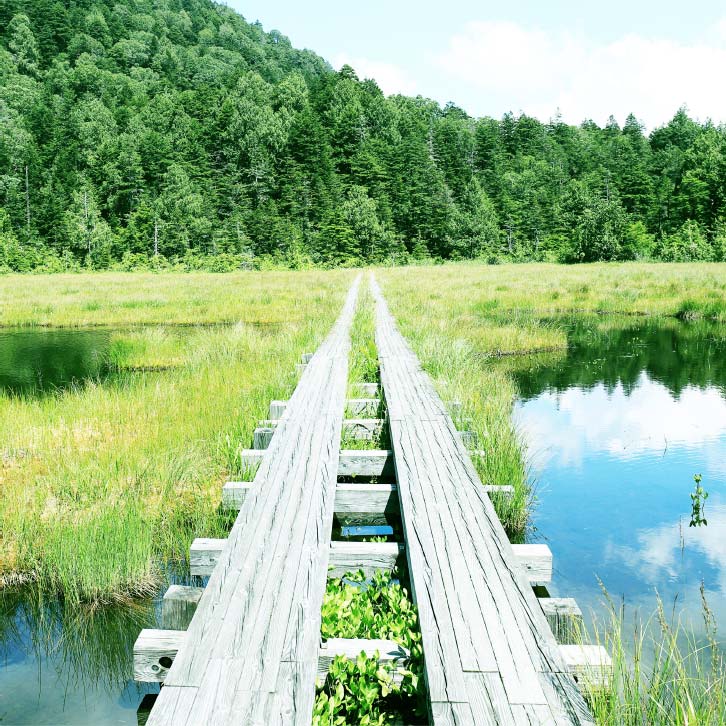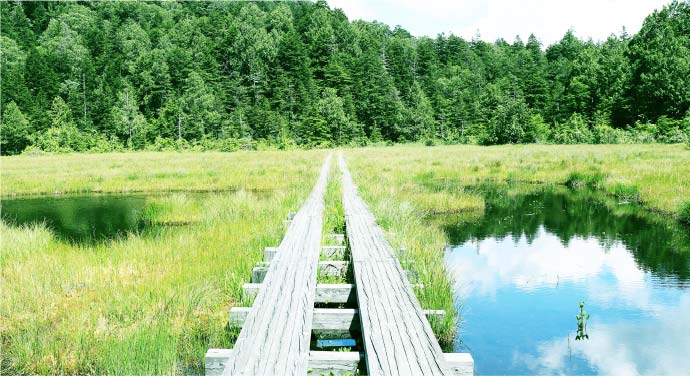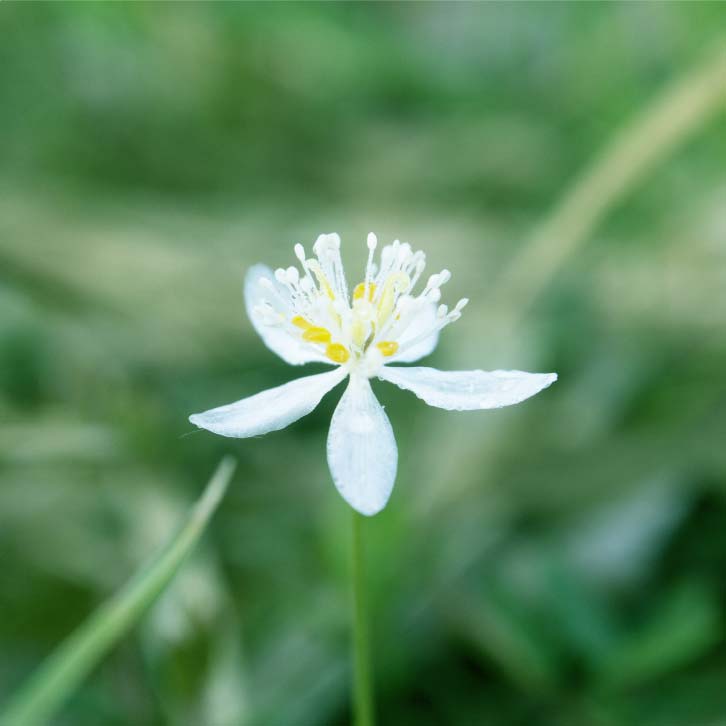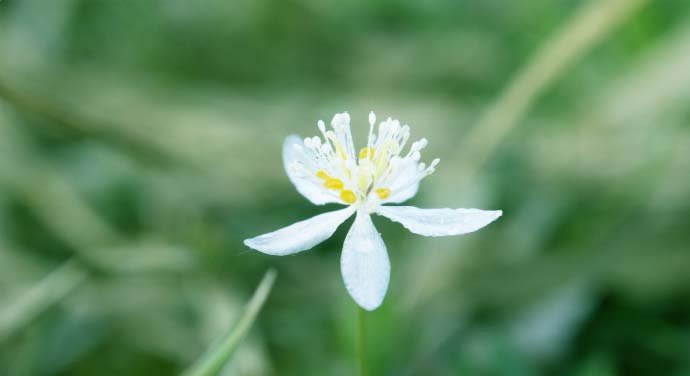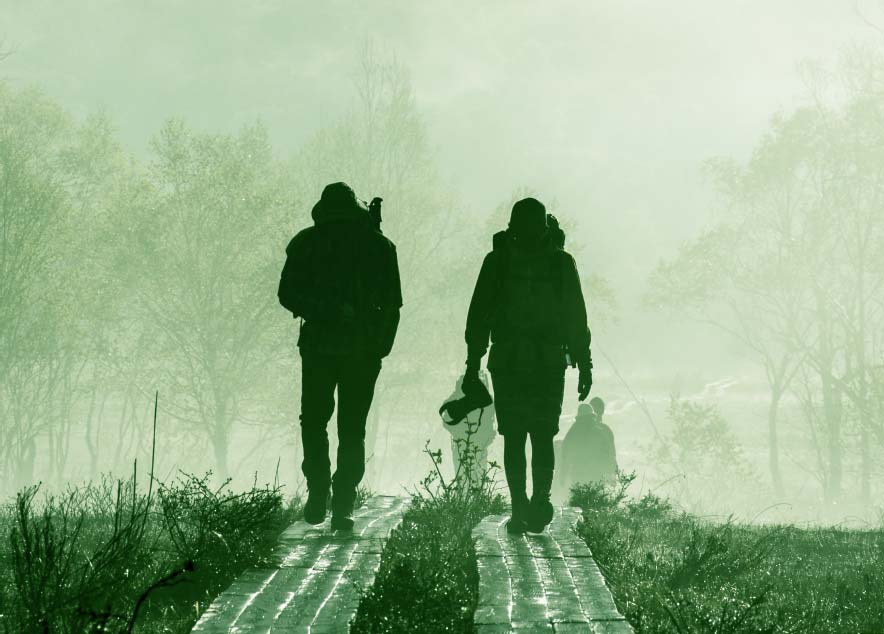
Important points for trekking
Oze on the Fukushima side has more mountainous areas than Gunma side, and is full of various trekking scenes.But it also means that there are many dangers and precautions. Let's write a mountain climbing notification and enter the mountain.



